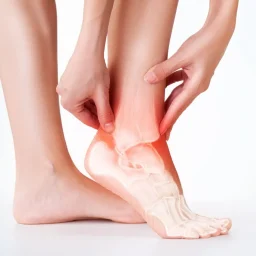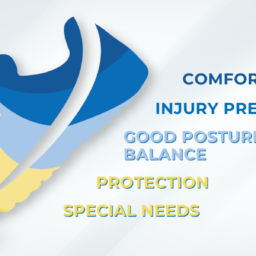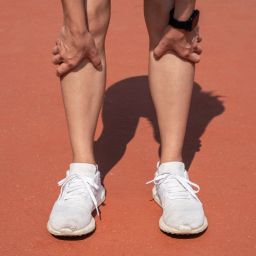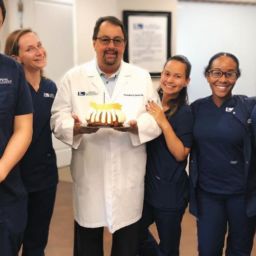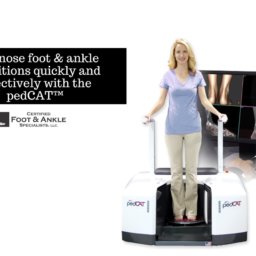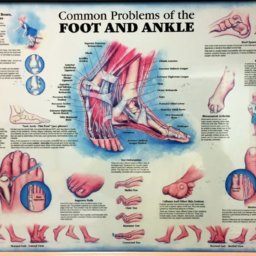
As we age, it’s essential to pay attention to our ankle and knee health to maintain mobility and independence. To make this simple, we’ve organized a bunch of tips and tricks you can follow, and maintain healthy ankles and knees for the elderly.
- Stay active: Regular physical activity can help improve joint health and mobility. Seniors should try low-impact activities such as walking, swimming, or cycling to reduce the stress on your joints.
- Stretch and strengthen your muscles: Stretching and strengthening the muscles around your ankles and knees can help improve flexibility and stability. Consult with a healthcare professional or a physical therapist for specific exercises that are appropriate for your age and fitness level. Modifications for older people is important.
- Maintain a healthy weight: Excess weight puts extra strain on your ankles and knees, so maintaining a healthy weight can help reduce the risk of joint problems.
- Wear appropriate footwear: Wear shoes that fit well and provide adequate support for your feet and ankles. Avoid shoes with high heels or narrow toes, as these can put unnecessary strain on your joints.
- Get enough calcium and vitamin: Calcium and vitamin D are important for maintaining healthy bones and joints. Make sure to include sources of these nutrients in your diet, or consider taking supplements if needed.
- Seek medical attention if necessary: If you have joint pain or mobility issues that are not improving or are causing you significant discomfort, it’s important to consult with a healthcare professional. They can diagnose any underlying issues and provide treatment recommendations to help you manage your joint health effectively.
Older Adults Must Visit a Podiatrist at the Right Time
There are several situations for seniors, where it may be advisable to see a podiatrist, including
- If you have foot or ankle pain that is not improving or is getting worse: A podiatrist can diagnose the cause of your pain and provide treatment recommendations to help alleviate it.
- If you have a foot or ankle injury: A Foot doctor can evaluate the extent of your injury and provide treatment to help you recover.
- If you have a foot or ankle condition such as bunions, hammertoes, or plantar fasciitis: A certified podiatric professional can provide specialized treatment options to help manage these conditions and prevent them from getting worse.
- If you have diabetes: People with diabetes are at increased risk of developing foot problems, so it’s essential to see a podiatrist regularly to monitor your foot health.
- If you have any changes in your feet or ankles: This could include changes in the appearance of your feet, such as redness, swelling, changes in the nails, or changes in your ability to walk or move your feet and ankles.
It’s always a good idea to consult with a healthcare professional if you have any concerns about your foot or ankle health. They can provide personalized recommendations based on your specific needs and medical history. Delaying the pain and overseeing the symptoms can sometimes be more harmful than you think. The best thing to do is to be conscious, proactive, and regular with your check-ups.
Optimal Ankle and Knee Health for Elders
If you’re wondering how to find the best foot and ankle doctor for you, fret not. We have got you covered! It might seem daunting to look for the ideal healthcare provider – that you can trust and feel free to talk to about your foot and ankle issues. Here are some things to consider when evaluating the best foot doctor for your needs:
- Education and training: Look for a foot doctor who has received specialized education and training in the field of podiatry. This may include a Doctor of Podiatric Medicine (DPM) degree or a certification from a professional organization such as the American Board of Podiatric Medicine.
- Experience: Consider a foot doctor who has experience in treating conditions similar to yours. You may want to ask about their training and experience in specific procedures or treatments.
- Patient reviews: Look for a foot doctor who has positive patient reviews and a reputation for providing high-quality care. You can ask for recommendations from friends, family, or your primary care physician or search online for reviews from past patients.
- Office location and hours: Consider a foot doctor who is conveniently located and has office hours that fit your schedule.
- Insurance coverage: Make sure the foot doctor is covered by your insurance plan to avoid any unexpected out-of-pocket expenses.
- Post-operative care and medication: Be sure to find out what their outpatient procedures are and what facilities they will provide to help you recover in a timely manner.
- First and second opinions: It’s also a good idea to meet with the foot doctor before making a decision about an operative procedure. This will allow you to ask questions and get a sense of their communication style and approach to care. If you’re not confident, always get a second opinion.
Ankle and knee health is an important issue for the elderly, as both joints are commonly affected by age-related conditions such as osteoarthritis, rheumatoid arthritis, and gout. Be aware of visible signs of stress, pain, or inconvenience, and contact a podiatrist near you to help you get back on your feet.
Find a convenient location near you, and make an appointment with our doctors.


